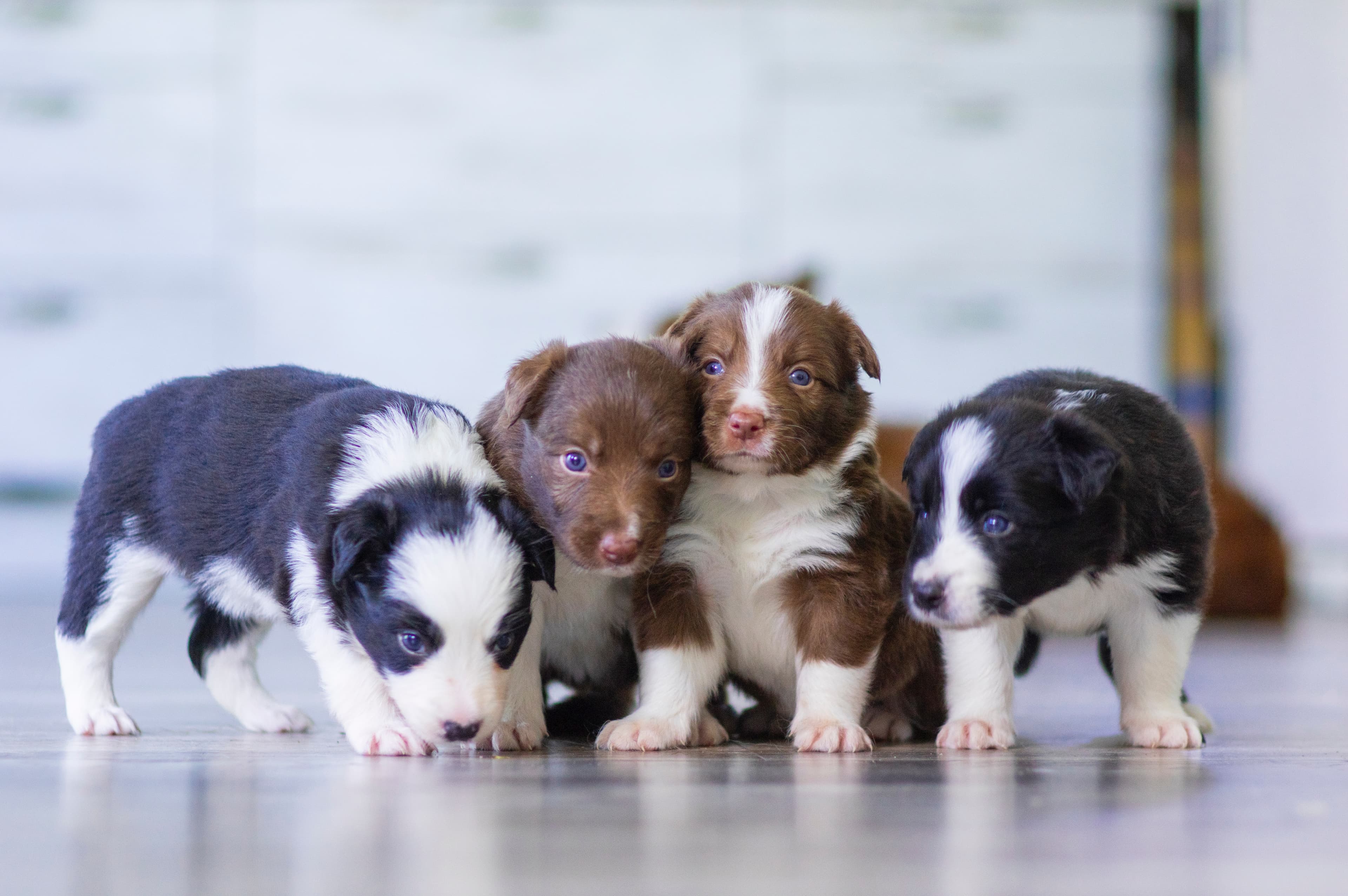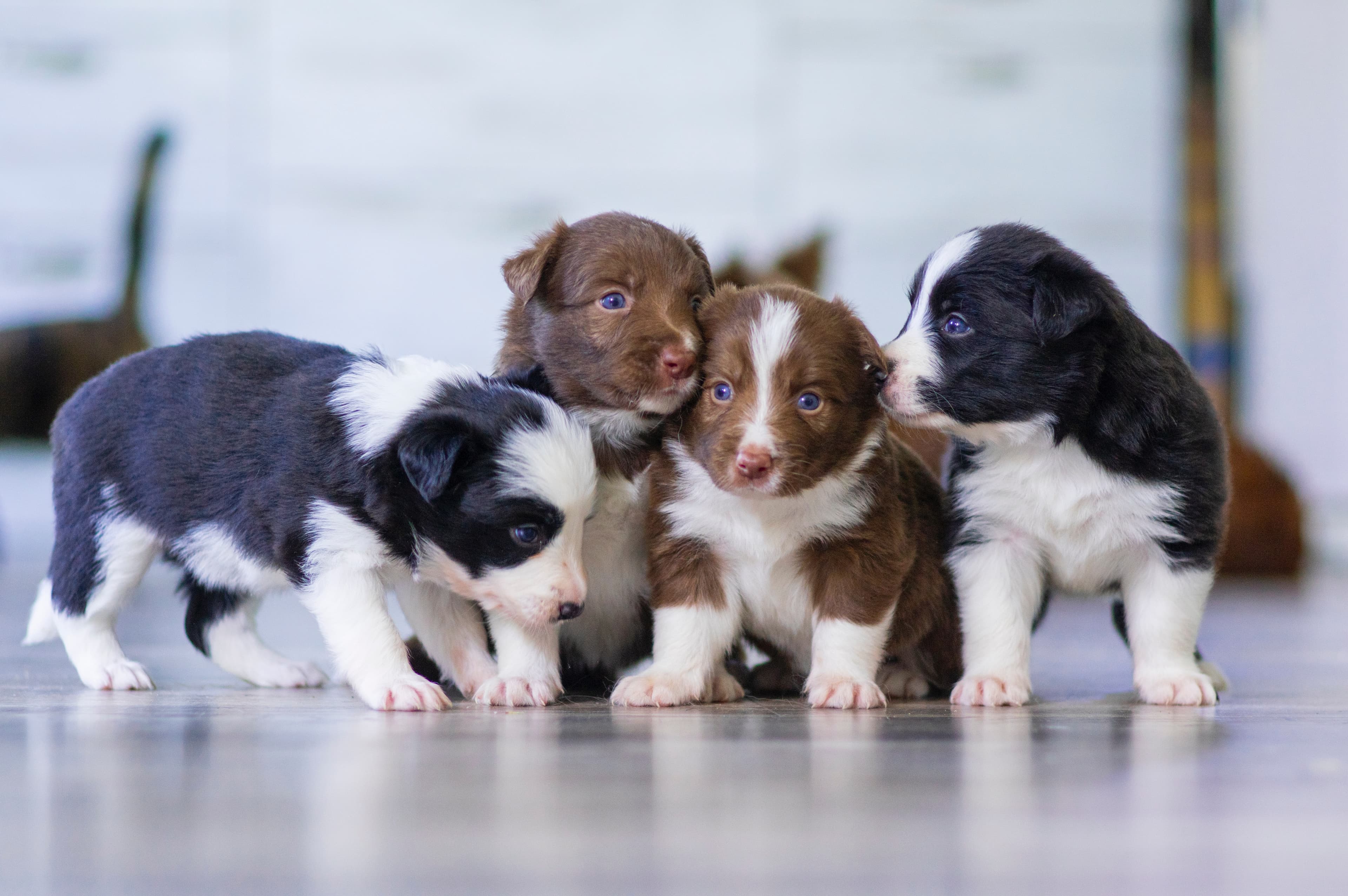How to choose breeding animals based on breed-specific behaviours
Breed-specific behaviours are not really unique behaviours, they exist in all dogs. What is breed-specific is that dogs within a particular breed display certain behaviours more often than others. How do you estimate that a behaviour will be inherited and how do you select breeding stock?
Traits
Defining traits is difficult and evaluating them as a breeder is a difficult task. A trait is often a collection of behaviours that together make up a dog's characteristic. A trait also sometimes requires training through the right environment and conditions. At the very least, traits depend as much on environment as on genetics. What you as a breeder are breeding for are the conditions for traits to develop. In your breeding selections, you provide the opportunity for behaviours to develop, but it is the environment and conditions that make the behaviours actually appear.
These hidden traits are called predisposed behaviours, in other words latent behaviours, and through breeding the dog has more or less the conditions to learn to perform them. If the individual is not given the opportunity to perform them, perhaps punished for the very behaviours for which genetics has created all the conditions, a good hunting dog or herding dog, for example, can never develop.
Breed-specific behaviour
If we have a dog that always herd cars, bicycles, the neighbour's children and dog friends, we have an individual that is triggered very easily to the behaviour of herding.
The example above shows an individual that has a high frequency and low trigger level to exhibit a baiting behaviour/trait. In breeding it is the frequency that is important in combination with the low trigger level. What is useful to look at is both how often an individual performs a behaviour but also how easily the individual is triggered to do the behaviour. For an individual that both performs the behaviour frequently but is also easily triggered to perform the behaviour, it can be said that they have many predisposed behaviours that can then be trained and conditioned in their puppy buyers. If the individual is also paired with another individual that shows the same frequency and is easily triggered - well, then we can presumably see these behaviors in their offspring as well.
We can therefore say that if we breed the individual that does not show the behaviour very often and also requires very clear triggers, for example a sheep right in front of the nose to whelp, it will be difficult to train the offspring. In other words, the conditions are very poor for the future litter of puppies.






